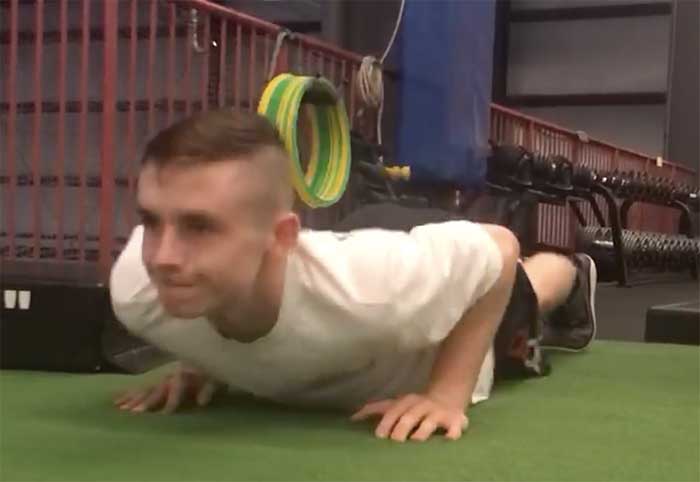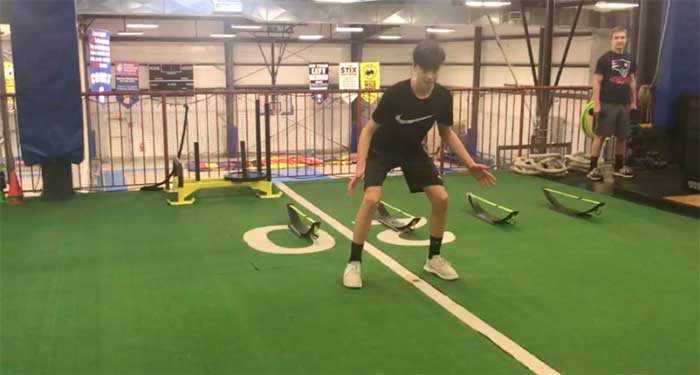The Importance of Strength and Conditioning Training for Young Athletes

By: Larry Cibotti, PTA, CPT
Physical Therapy Assistant and Certified Personal Trainer at Elite Health & Fitness Center in Stoughton
Many myths surround the topic of strength training for young athletes. Parents are “afraid their children will become too muscled and it may stunt their growth.” The reality is kids aged nine to twelve do not produce enough testosterone or other growth hormones to increase muscle size (Bompa 2009). Most of the strength gains made in young athletes are neural adaptations, such as: increased motor unit activation, recruitment, and firing (Faigenbaum, 2009).

The goal of training the nine to the twelve-year-old age group is to improve their movement patterns. Increased strength with proper movement will prevent muscle imbalances and prevent possible injury. By improving their strength you can enhance their health, fitness and sports performance.
The key is to have kids participate in a well-rounded program that may include playing various sports, physical training and some kind of skill development. Many programs currently offered to promote sport-specific training. A study performed in 2009, conducted over a fourteen-year span took a large group of 9 – 12-year-old athletes. The first group was exposed to sport-specific training and the other group was provided a well-rounded program. By the end of the study, participants who were given the well-rounded program exhibited better sports performance compared to the sport-specific training group (Bompa, 2009).
Basic movements such as: squats, pushups, pull-ups, crawling, lateral shuffles and forward/backward running all produce better movement and better strength in young athletes. Once the young athlete perfects these movements you can begin to load them with light resistance using medicine balls or resistance bands.

In conclusion, understanding and performing a comprehensive training program for young athletes will allow for better movement, better success in their respective sport(s), while also promoting lifelong healthy habits and limiting injury.
To have your / your child’s movement patterns assessed, start at ELITE! All new athletes and clients begin with an initial testing session, which includes the Functional Movement Screen (FMS), which identifies any deficits or asymmetries in the child’s movement patterns, strength, stability, and mobility. For more information on how to start with us OR to schedule an assessment, visit: www.EliteFitCenter.com/Sports-Performance-Memberships or call us at 781-297-0979
Bompa, T.O. & Haff, G. (2009). Periodization: theory and methodology of training. (5th ed) Champlain, IL human kinetics
Faigenbaum, Avery D & Westcott, Wayne L.(2009). Strength and power for young athletes. Champlain, IL human kinetics
